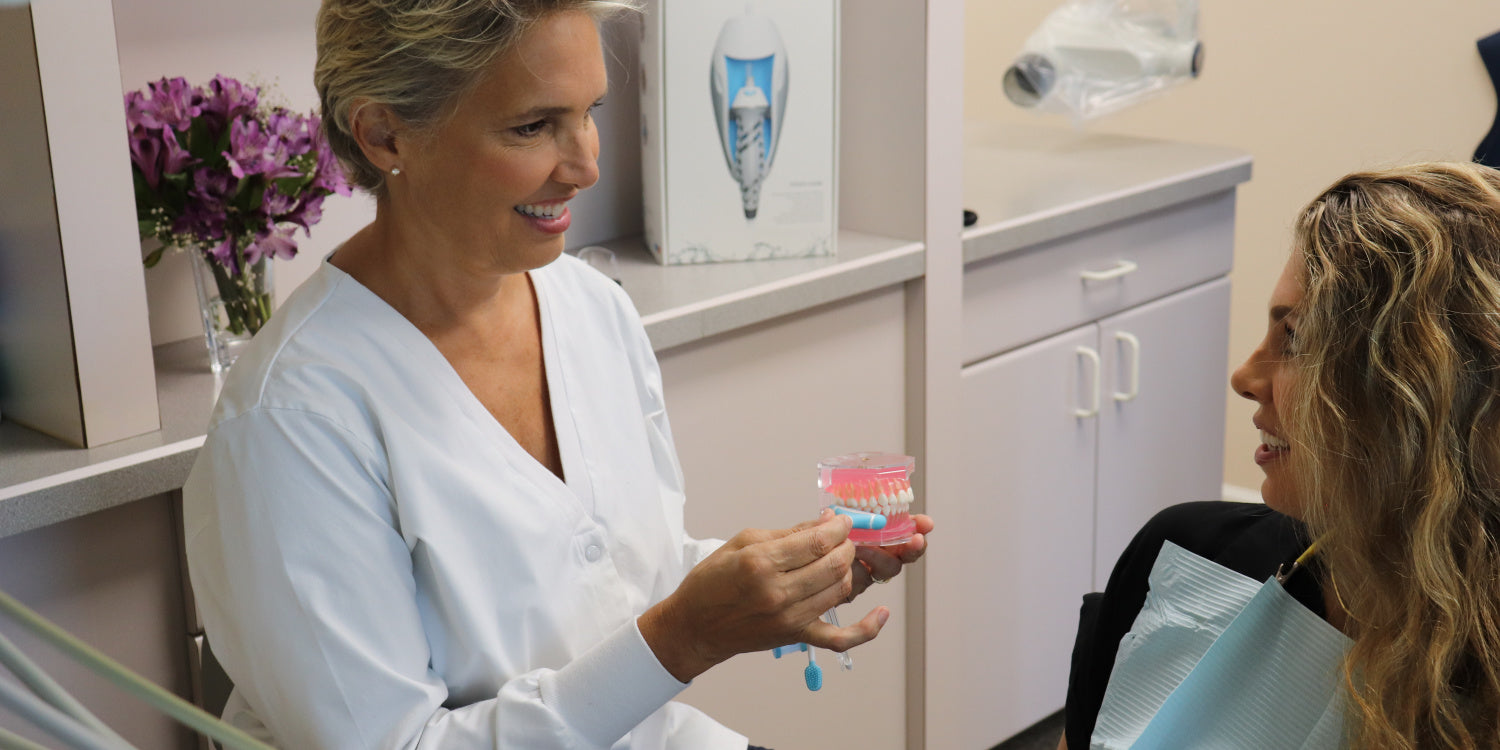
Dental Professionals – Dental Hygienists vs. Dental Assistants vs. Expanded Function Dental Assistants
When most people think of going to the dentist, they think of the dentist themselves and maybe a dental assistant. What many people don’t know is that there is actually a difference between a dental hygienist and a dental assistant. There is also an Expanded Function Dental Assistant (EFDA). Read on for a quick overview of each so you know what to expect next time you go in for a check-up!
Dental Hygienists:
Dental hygienists are probably best known for their teeth cleanings. But they also play an important role in evaluating patients for oral health concerns, taking x-rays, and applying sealants and fluoride treatments. In some states, they are even allowed to administer local anesthesia. Dental hygienists must have at least an associate's degree in dental hygiene, although many choose to pursue a bachelor's or master's degree. They must also pass a state-licensed exam before they can practice, becoming a Registered Dental Hygienist or RDH.
Dental Assistants:
Dental assistants perform many of the same tasks as dental hygienists, such as taking x-rays and applying sealants and fluoride treatments. They also typically handle administrative duties such as scheduling appointments and maintaining patient records. Unlike dental hygienists, however, they are not allowed to administer local anesthesia or perform any type of tooth cleaning. Most dental assistants have at least a high school diploma, although some choose to pursue formal training programs that last anywhere from nine months to two years.
Expanded Function Dental Assistants:
An expanded function dental assistant (EFDA) is a position that falls somewhere between a traditional dental assistant and a dental hygienist. EFDAs are allowed to perform some of the same duties as dental hygienists, such as administering local anesthesia, placing fillings, and removing temporary crowns. They must have at least a high school diploma and complete an accredited EFDA training program. In some states, they must also pass an exam before they can practice.

Conclusion:
There are three main types of non-dentist, dental professionals: dental hygienists, dental assistants, and expanded function dental assistants. Each has their own set of responsibilities and training requirements. The next time you go in for a dental appointment, be sure to ask which type of professional will be assisting the dentist!
Learn More About the Founder of ToothShower
The post, Dental Professionals-Dental Hygienists vs. Dental Assistants vs. Expanded Function Dental Assistants, appeared first on ToothShower.
Invented by a Dental Hygienist-ToothShower, #1 Crowdfunded Shower Flosser
Click Here To Request Your Free Ebook: Gum Disease is Silent


Leave a comment (all fields required)